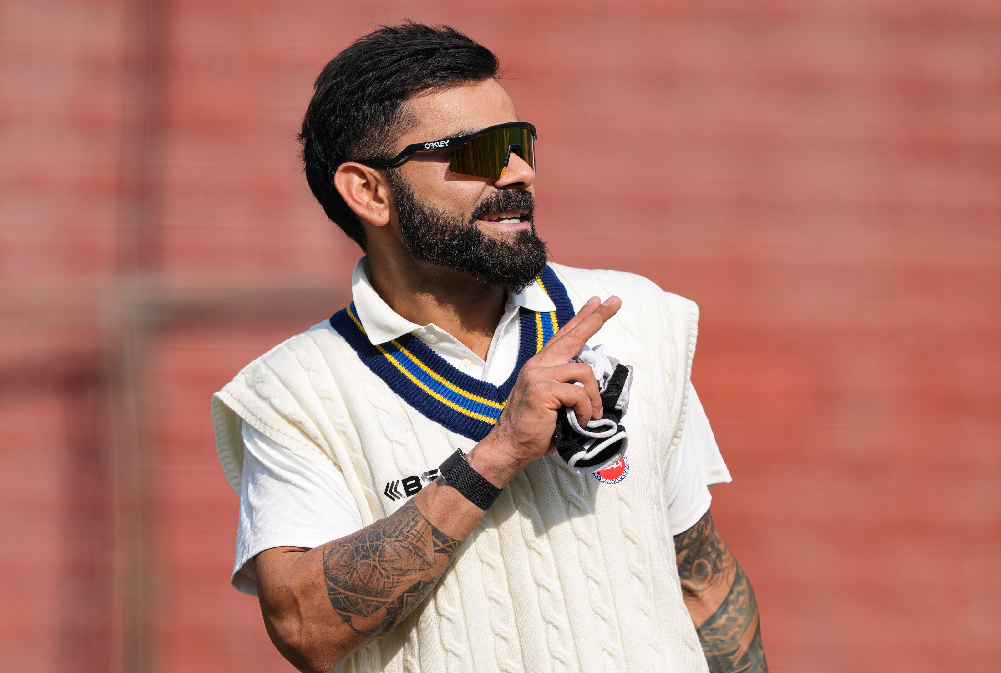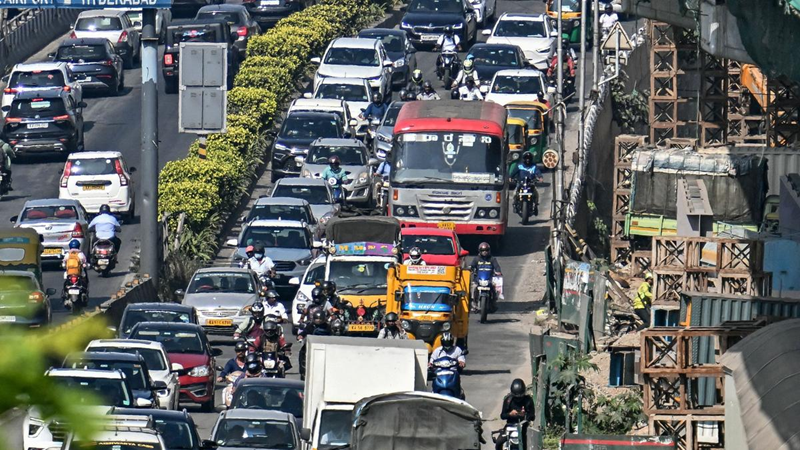
Editorial: An Exercise In Gerrymandering
Even a cursory reading of the final report of the Jammu & Kashmir Delimitation Commission makes it plain that it is an exercise in gerrymandering. It leaves little doubt that the Commission has merely furthered the agenda of the Bharatiya Janata Party by redrawing the constituencies in total disregard of the demography, proximity and geographical compactness. The attempt at turning the demographic majority into a political minority can be seen all through the report.
The Commission had been set up in accordance with the provisions of Part-V of the Jammu and Kashmir Reorganization Act 2019 and the provisions of Delimitation Act, 2002. It had been assigned the task of delimiting the Assembly and Parliamentary constituencies in the Union Territory on the basis of the 2011 Census.
The new J&K Assembly, when the Union Territory is turned back into a State, will have 90 Assembly seats, going up from the previous 83. In the previous Assembly, Jammu had 37 seats and Kashmir 46. Of the 90 seats now, 43 seats will come under the Jammu region while Kashmir Valley will have 47. Thus the number of seats in Jammu goes up by six while the Valley has just been given one more seat. Lopsidedness of the new arrangement is too apparent to be missed. The Kashmir region with 56.2% population of the proposed state would have 52.2% seats while the Jammu region with 43.8% population would get 47.8% seats. Hitherto, Kashmir region with 56% population used to vote for 55.4% seats and Jammu’s 43.8% voted for 44.5% seats.
There is little explanation and justification from the Commission as to why the nearly two lakh population in Jammu has three Assembly seats i.e., Bani, Paddar and Mata Vaishnav Devi while Dooru in Kashmir has just one seat for 1.92 lakh population. No convincing answers are forthcoming for the unequal distribution of voters in a State that has remained under President’s Rule since 2018. Similar strategy is visible in merger of Poonch and Rajouri district with Anantnag in south Kashmir region in a single Lok Sabha constituency. The two regions lie 500 km apart as the route goes through Jammu. The alternate route – Mughal Road via Shopian district – is snowbound for six months.
A fairer delimitation exercise could have applied a balm on the psychological wounds suffered due to the abrogation of Article 370 that conferred special status on the State. But the report seeks to further aggravate the situation with an exercise that is less than fair. The Prime Minister had recently told political parties that statehood will be restored after fresh elections are held in the region on the basis of the delimitation process. A conflict seems to be brewing between the Centre and political parties representing the region on the issue. The leaders in the UT had told the Union Government that they would want statehood to be back before delimitation and elections, a demand the Union Government may find tough to concede as it is still wary of the uncertain election outcome.
 English daily published in Bengaluru & Doha
English daily published in Bengaluru & Doha






